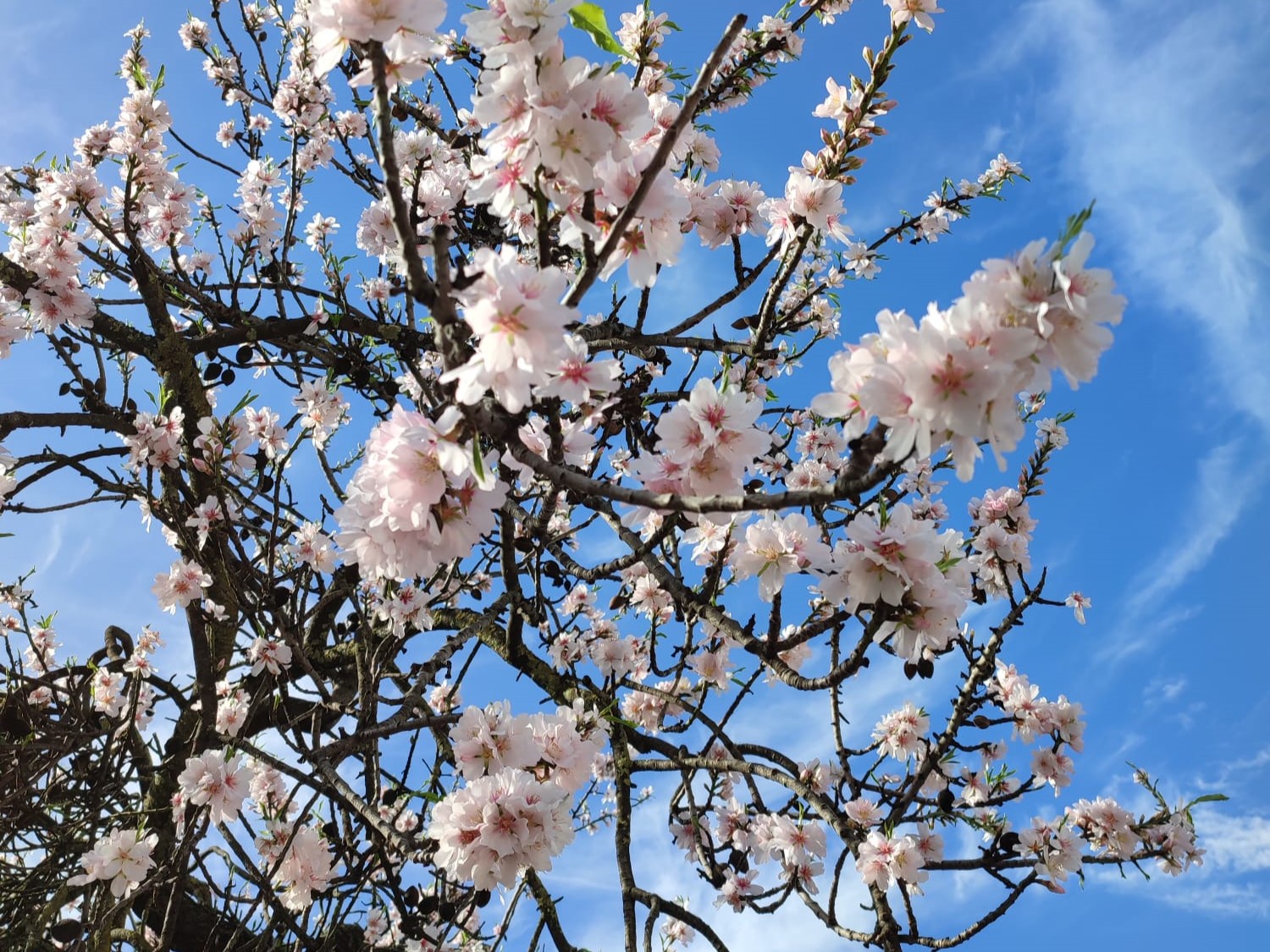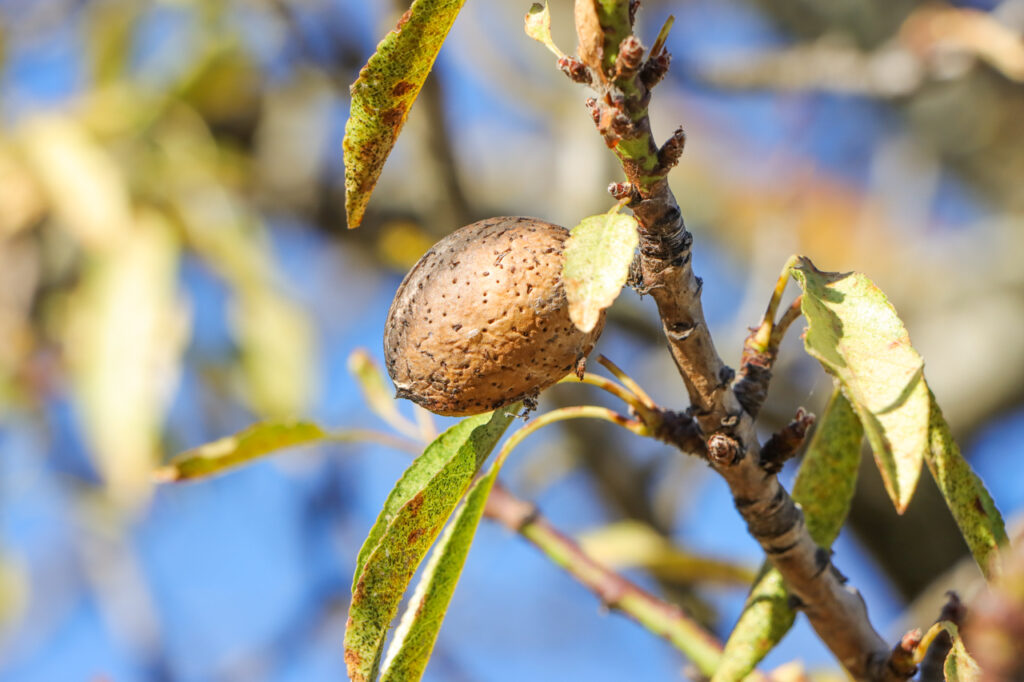Almond production in Portugal grew by almost 40 thousand tons between 2010 and 2022, driven by the increase in the almond grove area in Alentejo, Beira Interior and Trás-os-Montes, with the Algarve losing its traditional representation.
According to data sent to Lusa by the National Center for Dried Fruit Competence (CNCFS), the production of shelled almonds in Portugal increased from 7.012 tons in 2010 to 46.215 tons in 2022 (latest data).
In turn, the production of shelled almonds reached 10.398 tons in 2022, above the 1.578 tons recorded in 2010, with one kilogram (kg) of shelled almonds equivalent to 0,225 kg without the shell.
«Almond production in Portugal has seen marked growth in recent years, as a result of the strong renewal of almond orchards observed in Trás-os-Montes, the increase in the area of almond groves in this region, but mainly due to the strong increase in the area of almond plantations in Alentejo and Beira Interior, with productive potential due to irrigation», pointed out, in response to Lusa, the president of the CNCFS Albino Bento.
The production area more than doubled, in the period under analysis, from 26.842 hectares to 63.884 hectares.
In Portugal, the main almond producing regions are Trás-os-Montes (26.770 hectares) and Alentejo (26.698 hectares).
In total, Trás-os-Montes and Alentejo represent 84% of the almond grove area in the country.
«The Algarve was traditionally an almond producing region, but currently it is not very representative», highlighted Albino Bento.

The most used varieties are Lauranne and Ferragnès (French) and Guara, Belona, Soleta, Marinada, Vayro and Glorieta (Spanish).
Despite the increase in production, climate change has been a challenge for Portuguese producers, as the increase in winter temperature has caused earlier flowering, thus increasing the risk of loss of production due to frost.
Faced with this problem, national producers «are increasingly looking for later flowering varieties, but even these bloom in March, still within the period of risk of frost in Trás-os-Montes and part of Beira Interior», said the president of CNCFS.
Added to this is the fact that spring and summer are increasingly dry and hot, affecting almond production in rainfed orchards.
In 2022, Portugal exported 28.786 tons of shelled almonds to Spain and 2.993 tons without shells.
Germany, in turn, received 298 tons in the same year, followed by France, with 142 tons of shelled almonds.
Asked about the prospects regarding production and exports in 2024, Albino Bento noted that it is still early, as flowering is ending in Alentejo, starting in Trás-os-Montes and Beira Interior is in flowering. .
The almond tree is the fruit tree with the largest planted area in the European Union, accounting for 2021 hectares in 881.000 (Eurostat data), with the majority of almond trees being in Spain.
Spain is the second largest exporter of almonds worldwide, behind the United States, revealed the “EU Sustainable Almond” campaign, organized by the CNCFS and the Spanish company SAB-Almendrave.
This campaign focuses on four markets – Portugal, Spain, Germany and France –, aiming to give visibility to European almonds and increase their demand.



















Comments